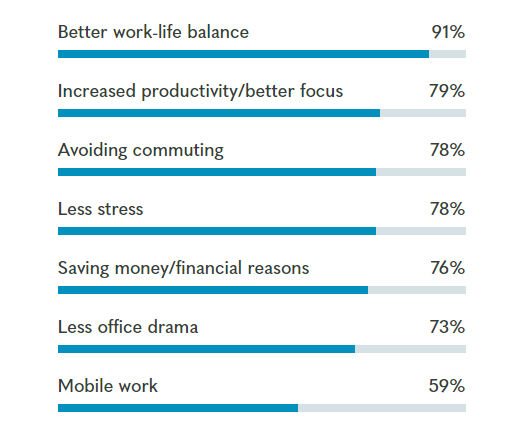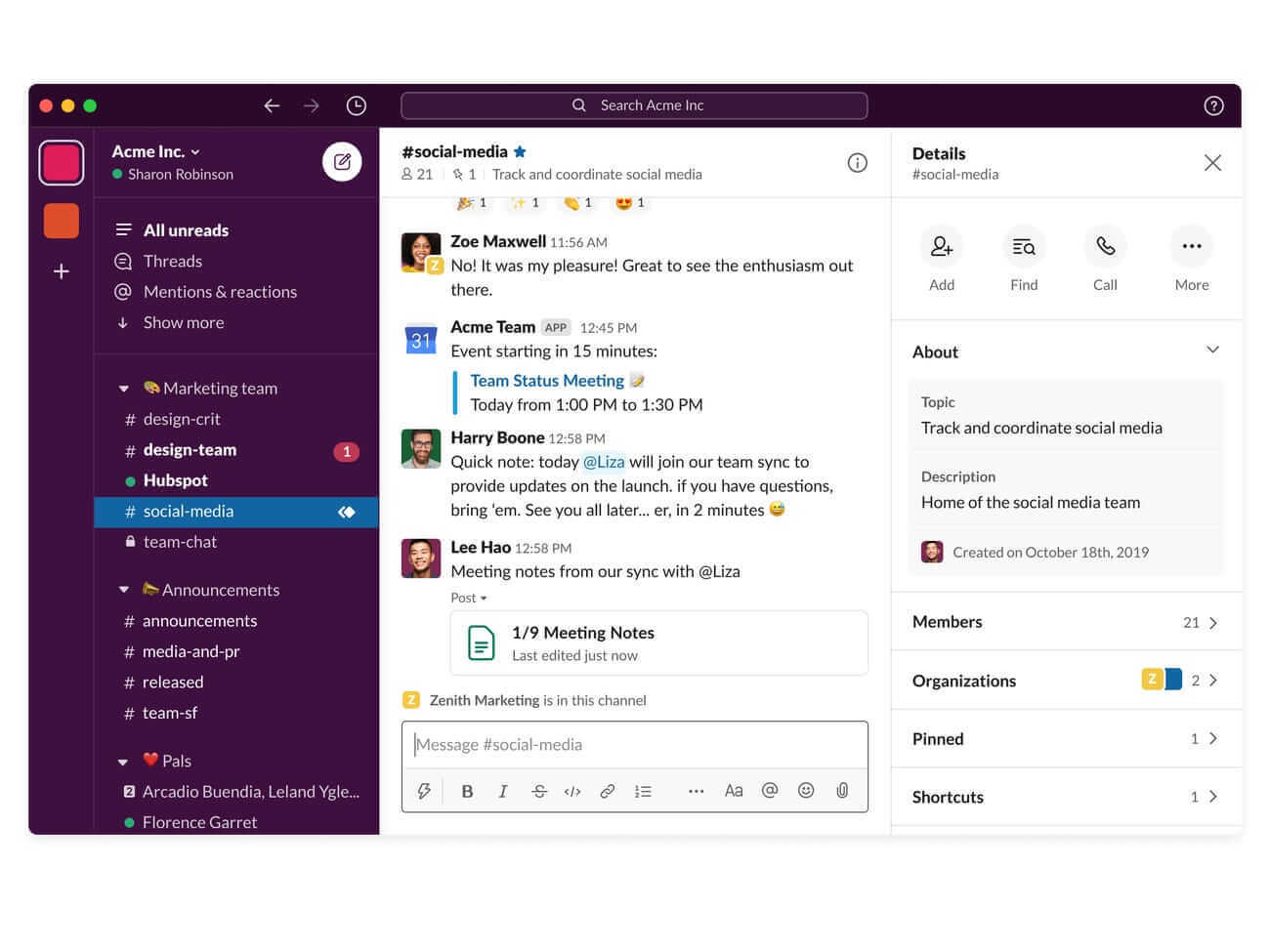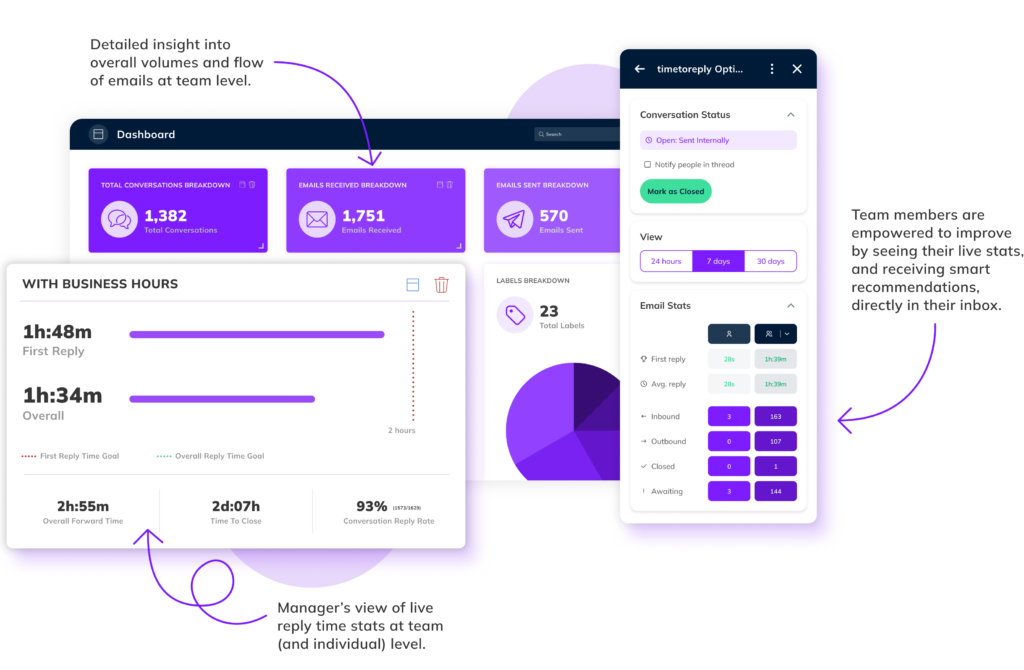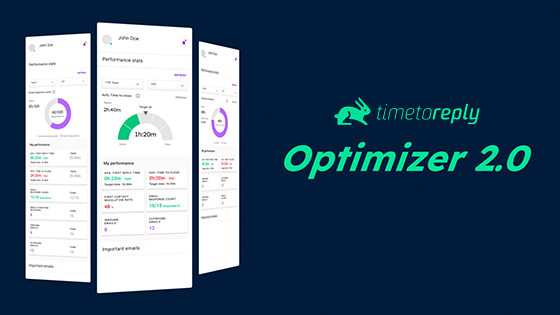With companies all over the world being plunged into the world of remote work, there’s no better time to brush up on your knowledge of how to manage a remote team.
Managing remote teams is hard.
There are fundamental differences in managing remote teams compared to a team in your office.
You have less face-to-face time, less overview of how projects are progressing, and need to trust your team to get the job done.
However, just because your team is remote doesn’t mean they’re at home watching Netflix or falling behind on projects.
Stanford University found that remote work leads to increased productivity equal to a full day’s work each week.
If you are managing remote teams correctly, your team will be happy, productive, and get results.
In this article, I will walk you through significant benefits, challenges, and best practices for managing a remote team.
By the end, you’ll have a list of takeaways you can test and implement in your company.
Let’s jump into the guide.
If you’re apprehensive about your team working from home, stop.
Your team may be out of sight (except on video calls), but that doesn’t mean they won’t be working.
In fact, 82% of people say working remotely leads to lower stress levels.
30% of people say they get more done in less time.
Remote work will make your team happier, and their productivity levels may even increase as they can more easily manage their work-life balance.

Allowing your team to work remotely also proves that you, as a manager, trust your team to get things done without needing to be in the office.
However, this doesn’t mean managing a remote team doesn’t come with challenges.
Managing remote teams means leading and guiding a group of people who work from different locations. It’s like being the captain of a virtual ship!
In today’s tech-driven world, remote team management has become super common, allowing companies to tap into talent from all over. But hey, it’s not all smooth sailing.
It’s about creating open lines of communication, promoting teamwork, and keeping everyone motivated, even when you can’t high-five in person.
You’ll need some nifty tech tools, clear guidelines, and a strong team spirit. The key is to empower individuals while building a sense of togetherness to achieve those shared goals.
Working from home is very different from working in an office.
You’ll need different tools to manage your team, facilitate excellent communication, and enable your remote team to do their best work.
Let’s look at some of the main challenges to remote work.
When you first start managing remote teams, you’ll realize that you need clearly defined processes for communication in place.
Without face-to-face contact, communication becomes even more critical.
You can use tools like Slack, Hangouts, or email software for remote teams.

But, without protocols in place, communication between remote working teams can be disjointed and confusing.
The key here is to encourage long-form, clearly articulated messages over short-form messages.
If your remote working team takes time to put their thoughts into coherent memos, they won’t need to rely on implied meanings or lose the core of their messages in unclear chat logs.
When your team goes remote, their schedules may end up changing slightly.
People’s real-life responsibilities, such as childcare, pet care, or general errands, sometimes need to occur during regular work hours.
That’s normal.
To get around the varying schedules, we’d recommend scheduling a daily stand-up call (or asking people to send a message in Slack) where your remote working team shares what they’ve been working on, their plans, and if there’s anything they need help with.
This means that everyone stays on the same page, and people have the flexibility to manage their time how they see fit.
It may feel unnatural initially, but trust your remote team to complete the work, and the results will follow.
Working from home doesn’t mean results and progress will slow.
Setting goals is one of the best ways to ensure that your team stays motivated.
However, these need to be results-based.
Sit down (virtually) with your remote working team and create plans for the coming quarter.
Set goals based on business results for your team to work towards.
Then, they can get down to work and hit the targets you set.
Avoid using tools that track your employees’ time to the minute or take screenshots of their work at intervals throughout the day. Your remote team won’t feel trusted, and it’ll lower productivity rather than increase it.
With a results-based work environment, you won’t need to micromanage your remote working team, and they’ll be glad to see that you trust them to get their work done to a high standard.
One issue with remote work is that your team may struggle to separate their work and home life. Remote working teams often end up working more because they don’t need to waste time commuting.
If your team gets burnt out, they’ll be unmotivated and unlikely to do their best work.
To counter this, we recommend you actively encourage your remote working team to take time off and stay away from their work in the evenings and weekends, where possible.
It’s easier to prevent burnout than to recover from it.
You want everyone on your remote working team to feel included and part of something bigger.
It helps keep everyone motivated; a good culture is vital to employee retention.
A significant pain point for remote teams is building company culture.
There are a few ways you can approach this.
Firstly, you should be deliberate about your company culture. Don’t expect something to emerge.
Schedule weekly team catch-ups where people can discuss whatever they want. Create a Slack channel for random, off-topic chat. Set guidelines for how communication should be done.
Don’t let your culture create itself organically, and then try to change it.
It would be best if you were deliberate and prepared to manage remote teams.
Here are some best practices for managing remote teams that you should follow to ensure your company runs smoothly.
When you’re working remotely, you need to have everything done digitally.
Luckily there is a vast range of tools to facilitate remote work.
Here are some to consider:
Tracking customer-facing email productivity: timetoreply

As long as your remote team can easily collaborate, share assets, and track projects remotely, everything else will fall into place.
You must be clear about expectations when managing remote teams living in different time zones and working on various projects.
Here are some things you should consider and let your team know your expectations:
This list isn’t exhaustive, but it should help you get started.
Remember to be realistic with all of the above.
When you’re working remotely, it’s easy to lose track of projects and what’s being done.
To counter this, establish a routine on when and how your team will check in with each other (and with you) on work that’s being done.
A daily stand-up is a format that works well for this.
You may need to have multiple meetings with multiple teams.
After all, your development team doesn’t necessarily need to know what the people on your sales team are up to daily (and vice versa).
You could run an all-hands meeting with your whole team every month to ensure everyone is on the same page.
When managing remote teams, it can be hard to create camaraderie between your team.
Consider how you can encourage interaction between your team, as it builds trust and fosters team happiness at work.
There are no rules over the best way to do this.
However, here are some ideas for inspiration:
Basically, we can’t tell you what to do here.
Your company and people are unique, and you must build a remote culture that enables people to feel good and do work they care about.
Ah, remote team meetings – the virtual gatherings that keep us connected!
To make these meetings a success, here are some handy guidelines to keep in mind.
First, set a clear agenda and share it beforehand so that your remote working team knows what to expect.
Encourage active participation by allowing everyone to contribute and share their thoughts. Embrace video calls to add that personal touch and foster engagement.
Keep meetings focused and concise, respecting everyone’s time.
Be mindful of time zone differences and schedule meetings that work for everyone.
Lastly, always follow up with meeting summaries and action items to keep everyone on track.
Happy virtual meeting managing!
Sometimes, it’s hard to create something out of nothing.
When building your remote company culture and designing a management style that lets your remote team thrive, it’s worth looking at what successful remote-first companies are already doing.
Here are some valuable resources that may help you find your footing:
There are no hard fast rules to managing remote teams.
You’ll need to experiment and find what works for your unique company and situation.
The experience of going remote is entirely different from working on-site, but it can lead to significant productivity and happiness gains for your team.
You’ll need to ensure your remote team has the right tools for the job, and everyone needs to be on the same page.
Once you start seeing results, you’ll understand the hype behind remote work and why more and more companies are allowing their teams to work remotely around the world.
Need an easy way to support your remote team’s productivity?
Schedule a demo now and see timetoreply’s email analytics and reply time tracking tool in action.



Trusted by high-performing inbound sales teams and customer-facing teams globally.
Close more deals and delight more customers with the faster, smarter, deeper email analytics and performance optimization software that works straight from your team’s inbox.